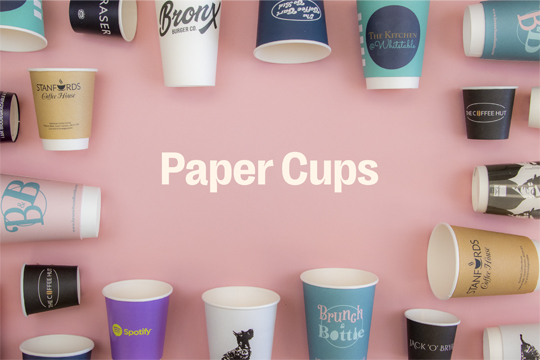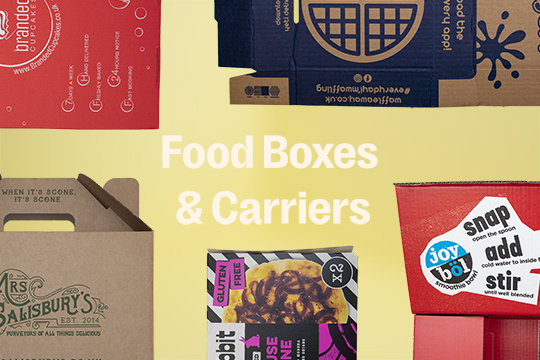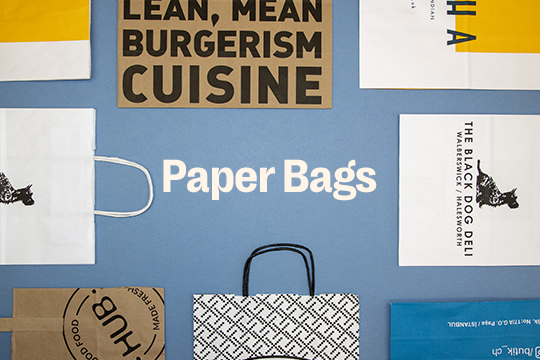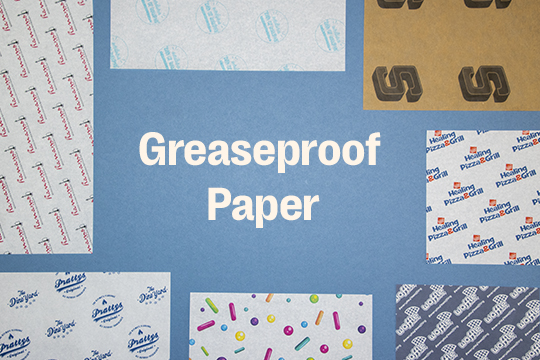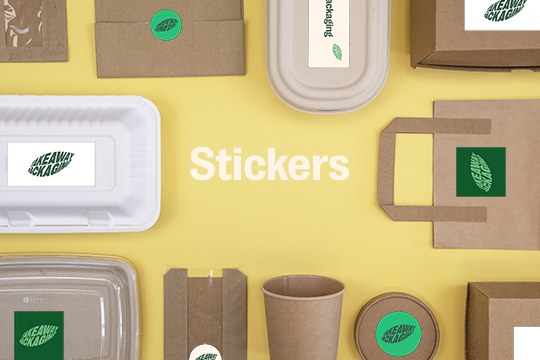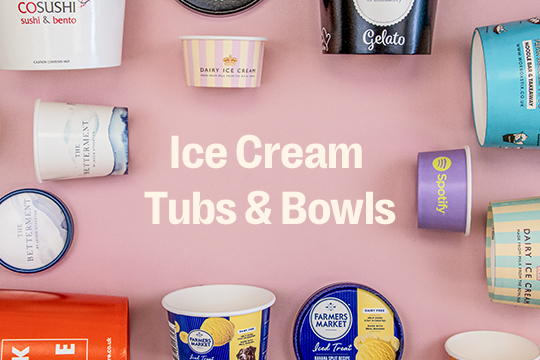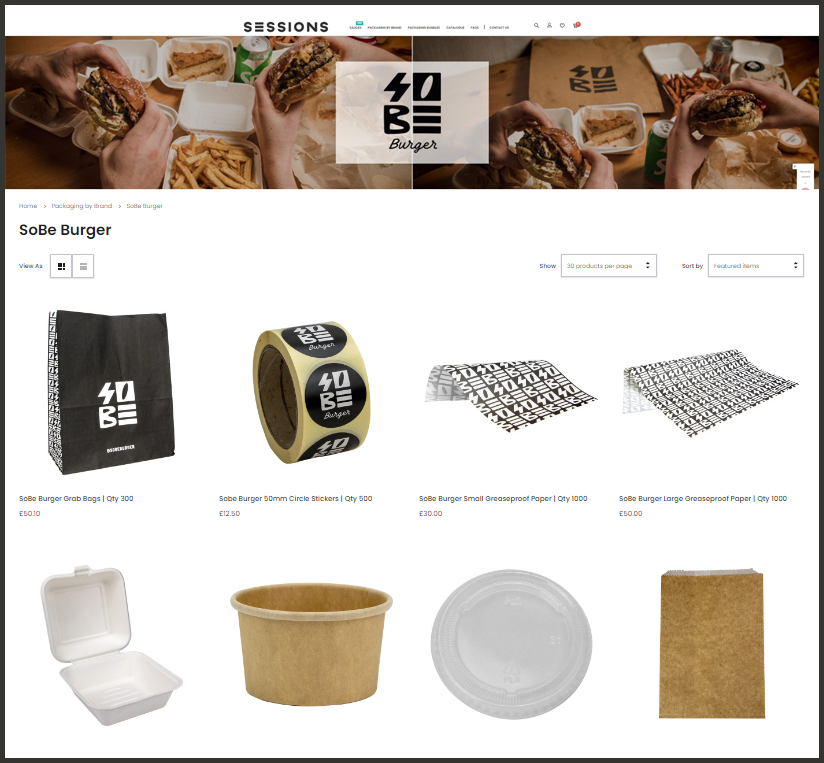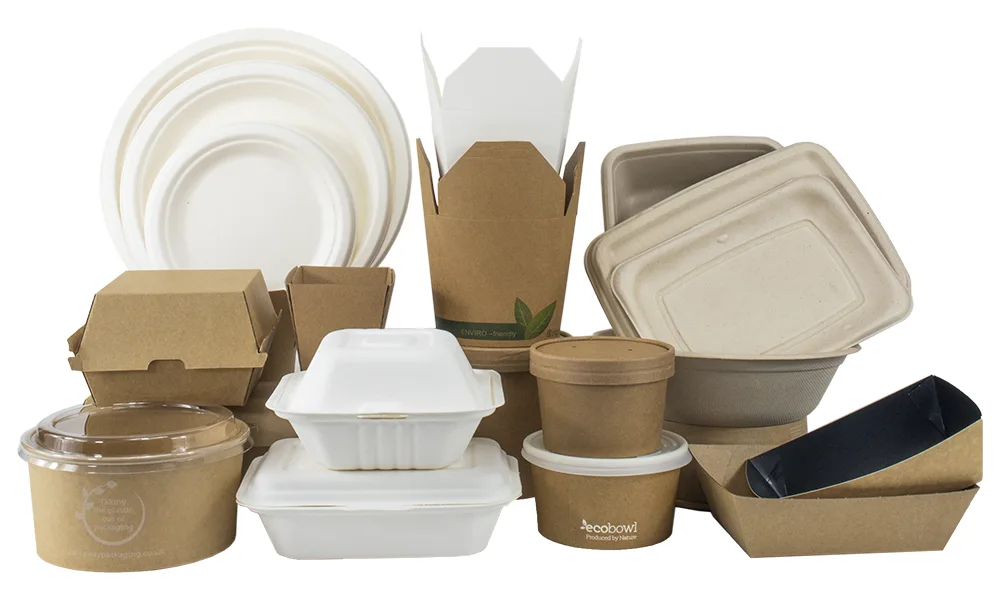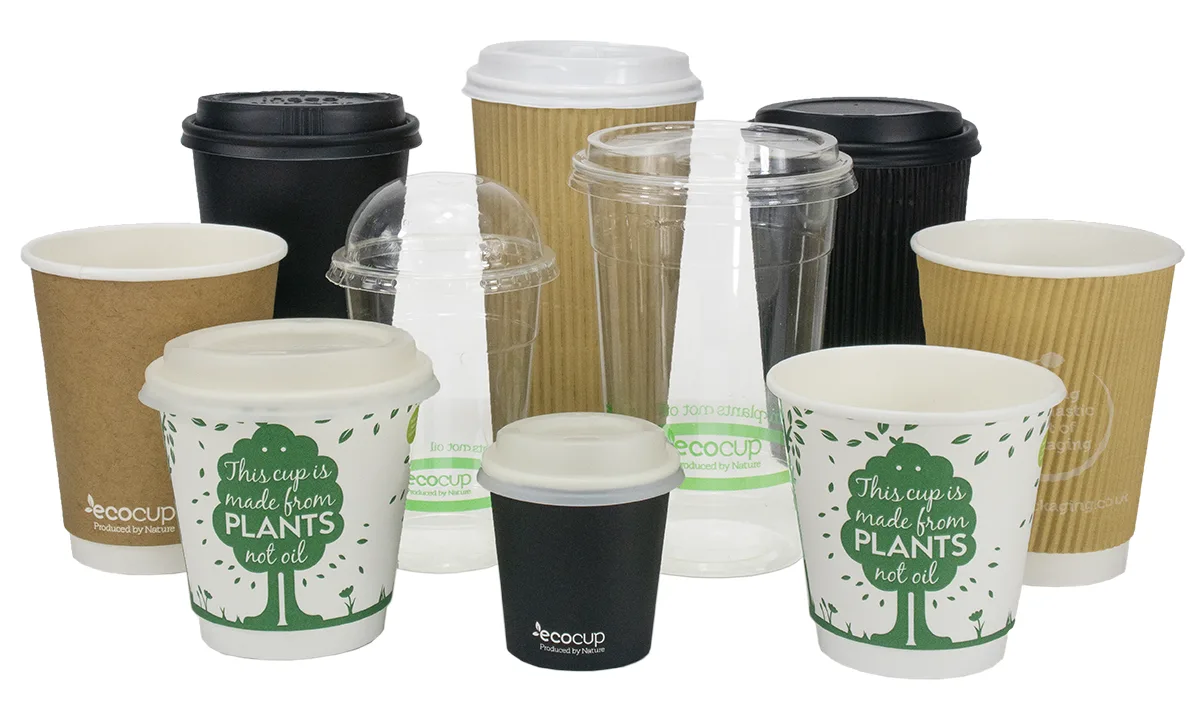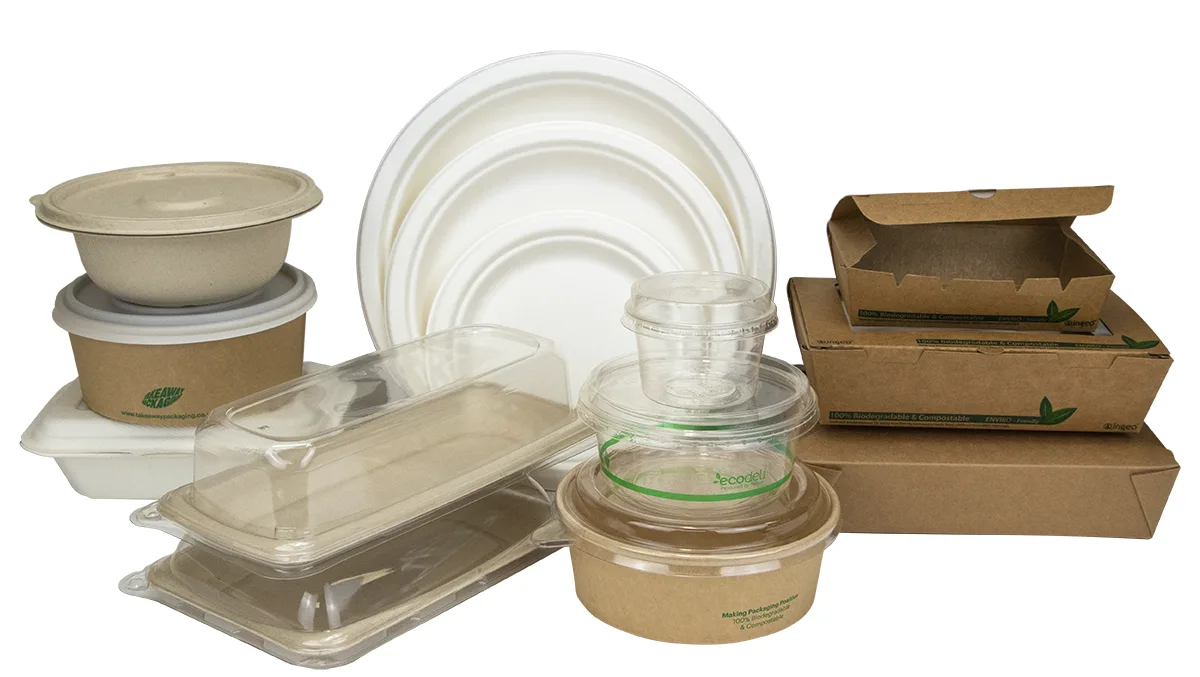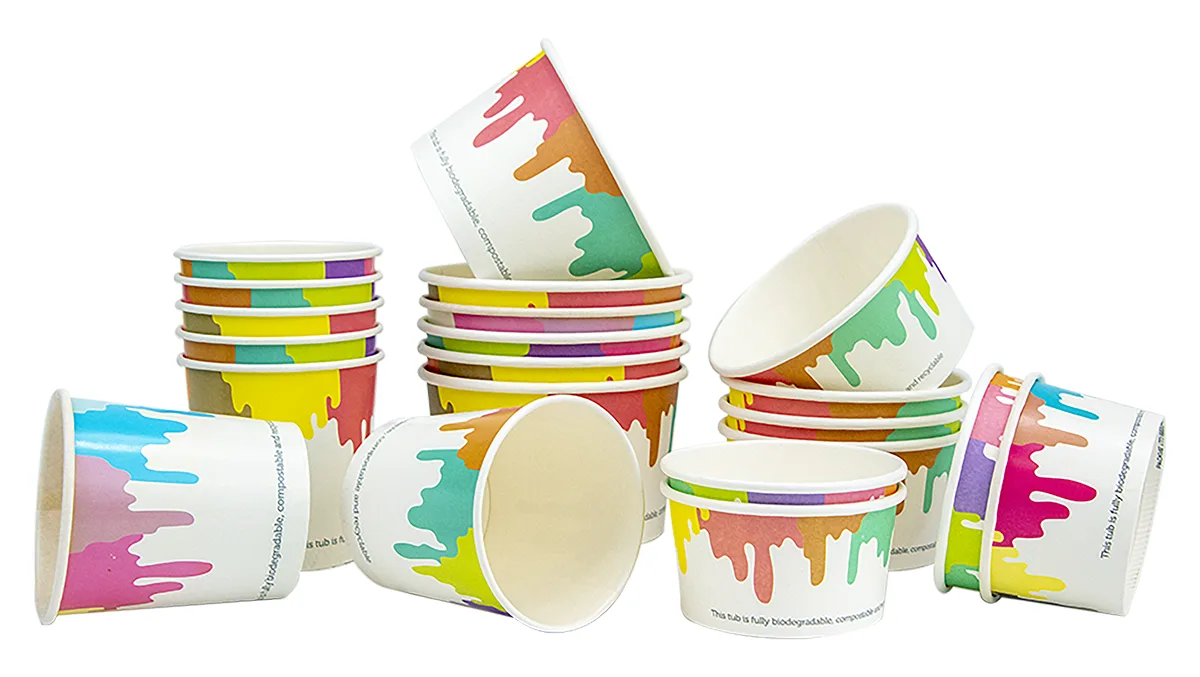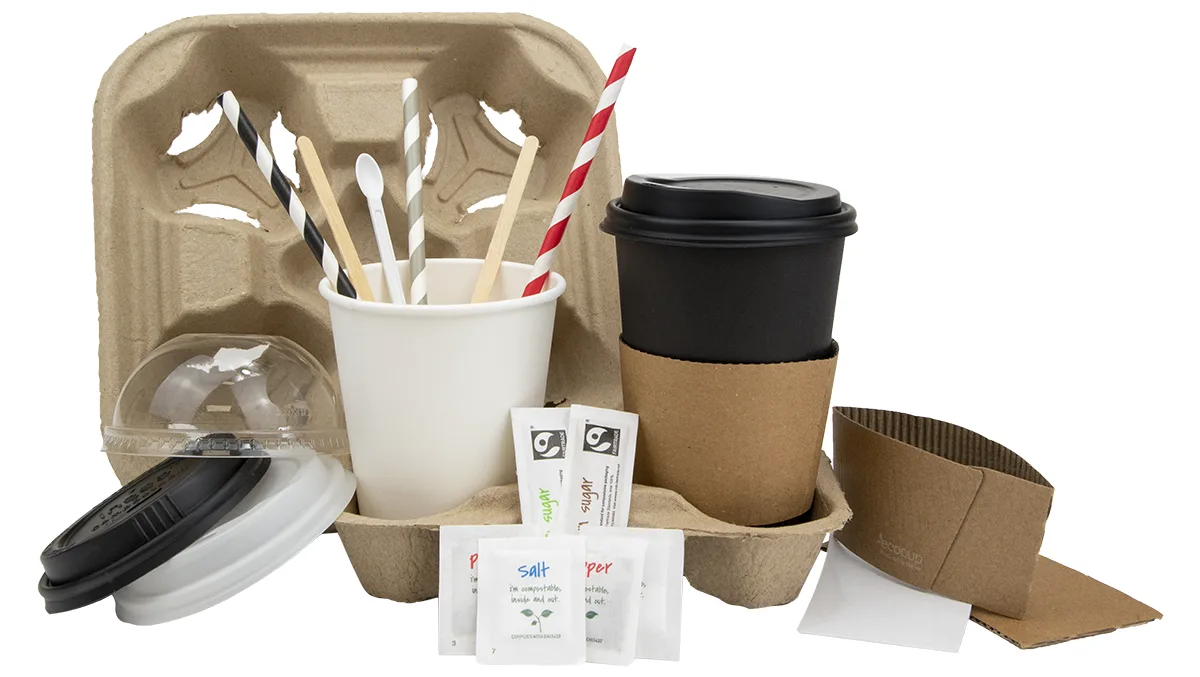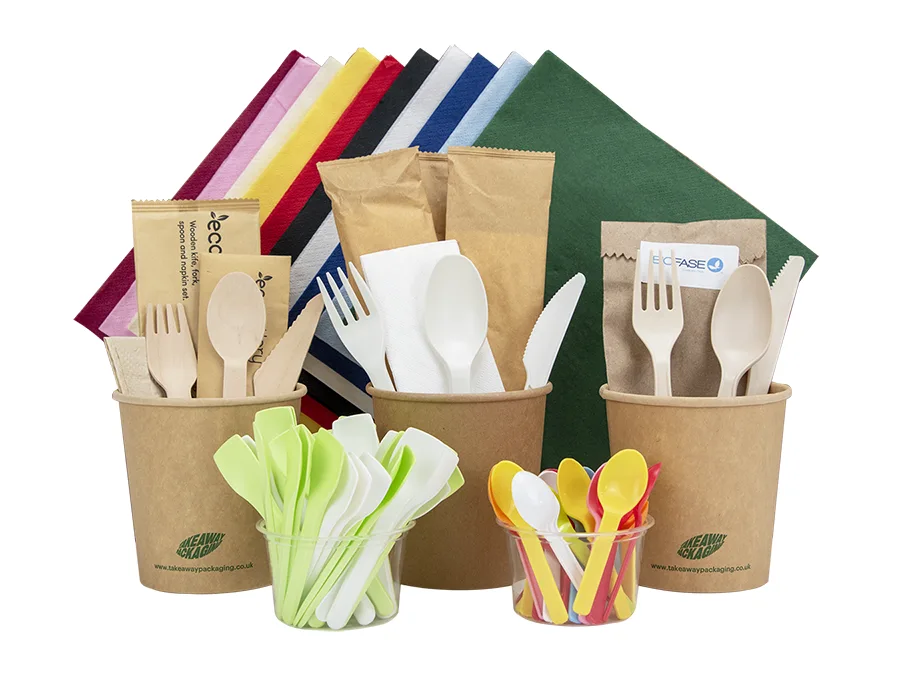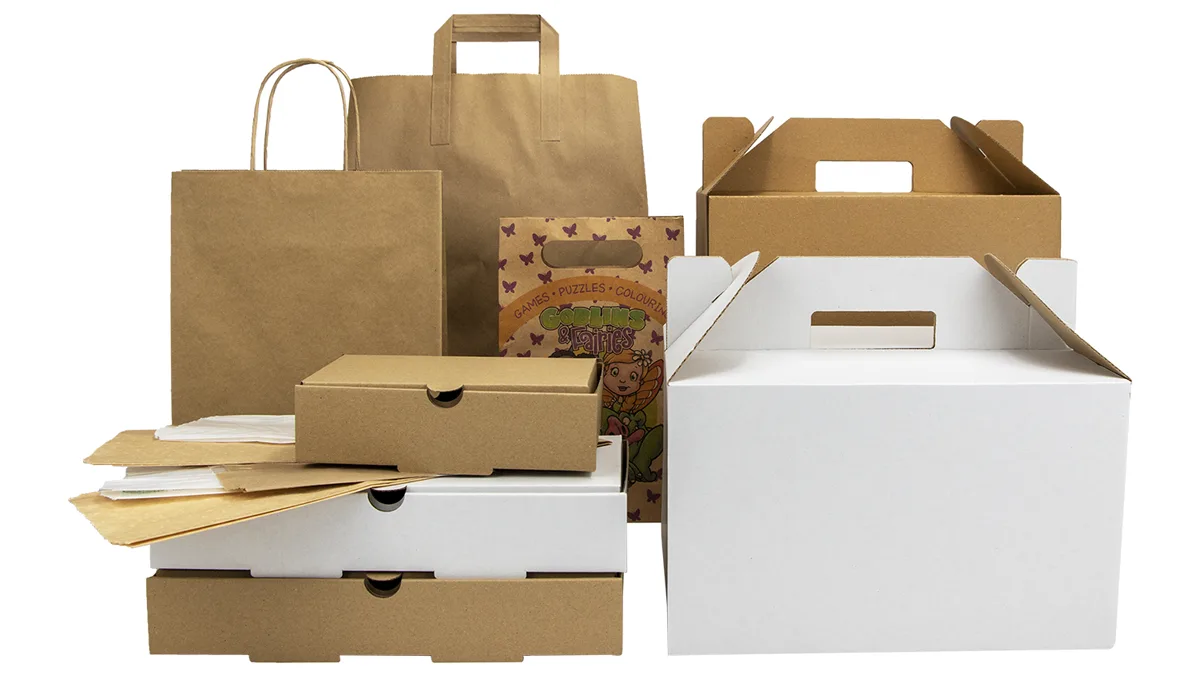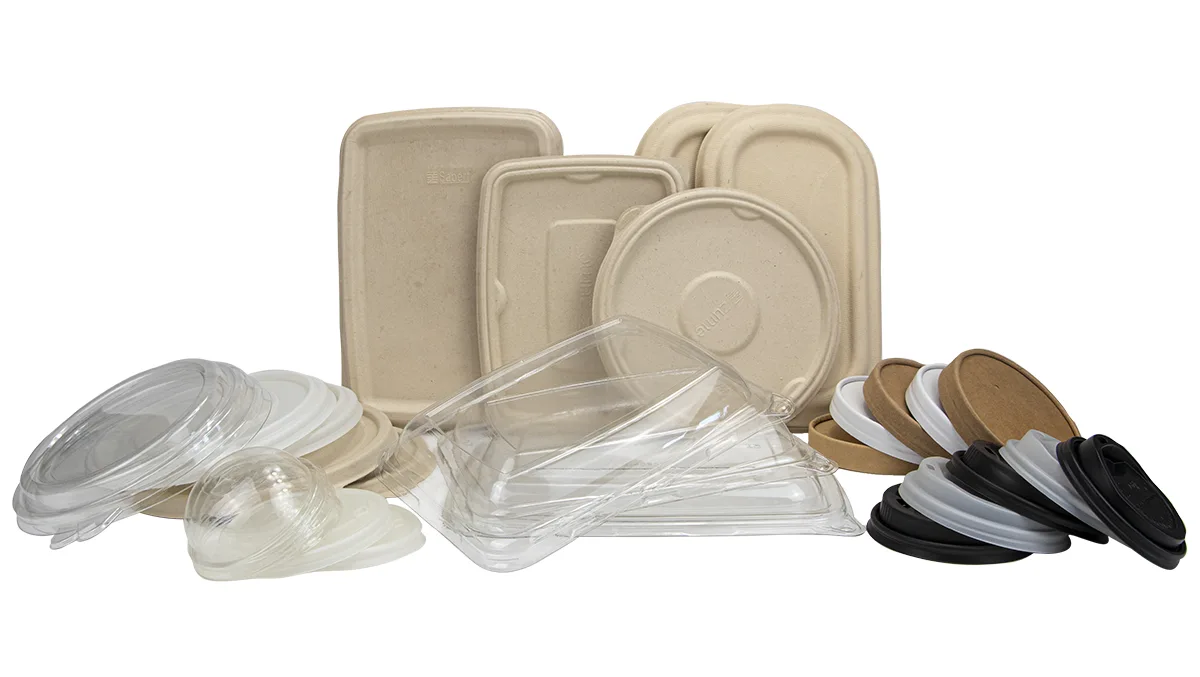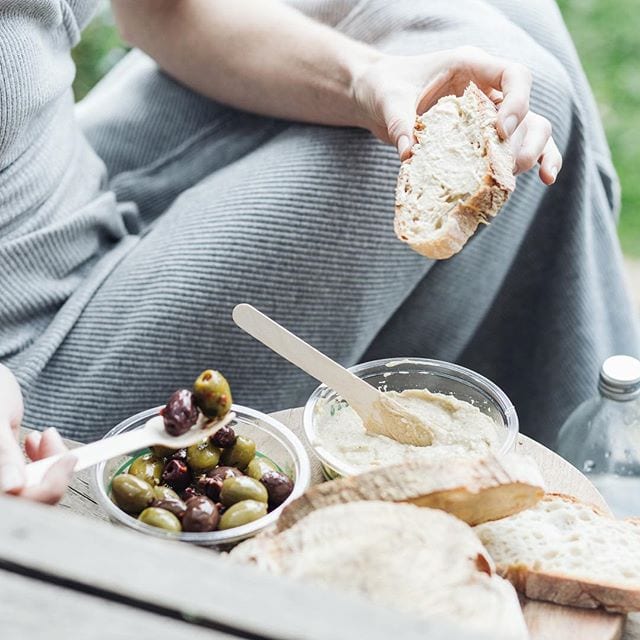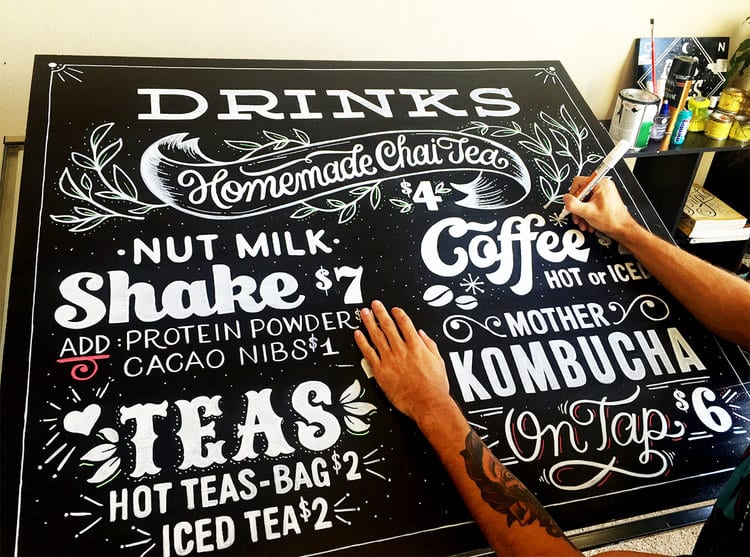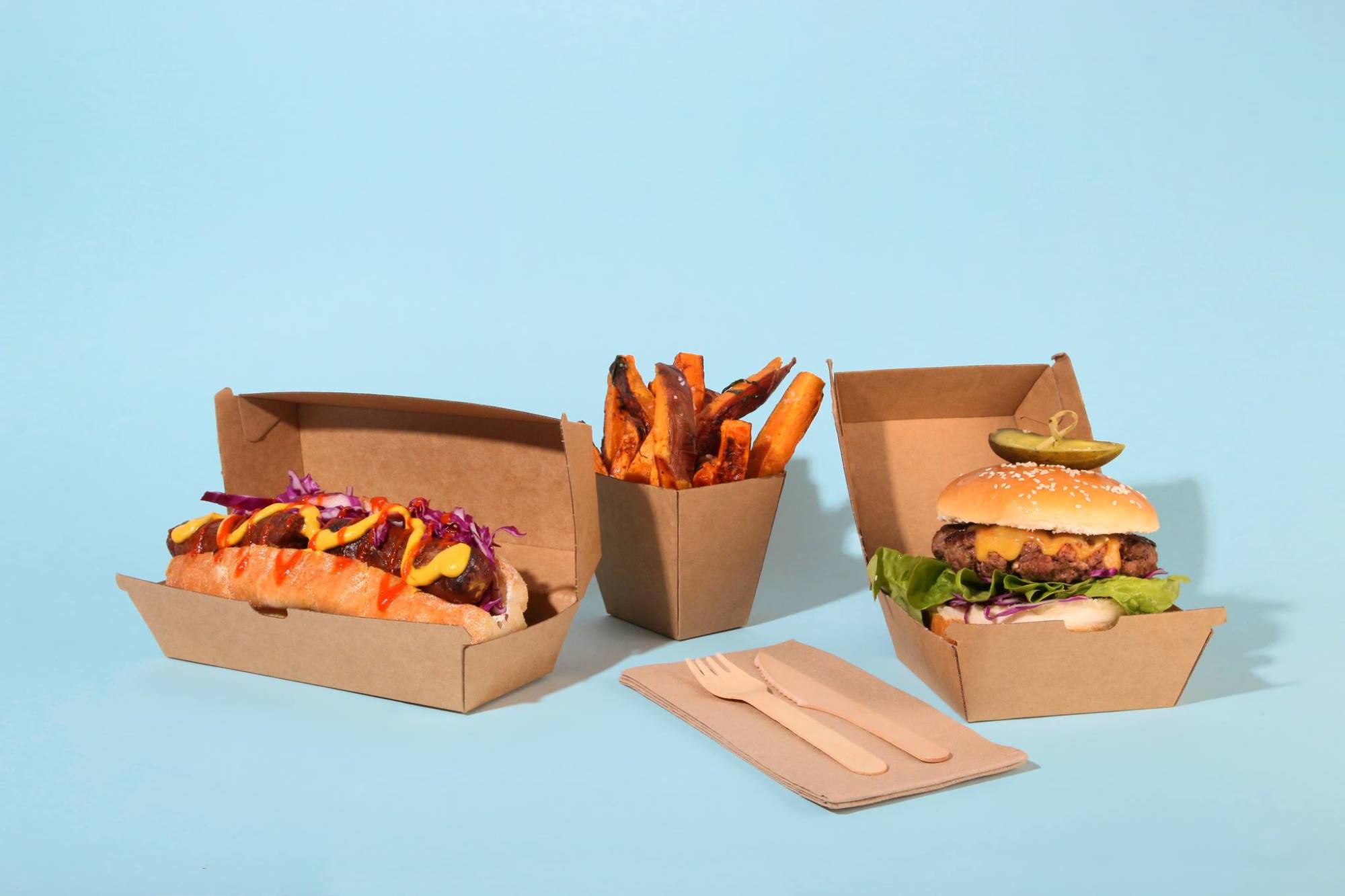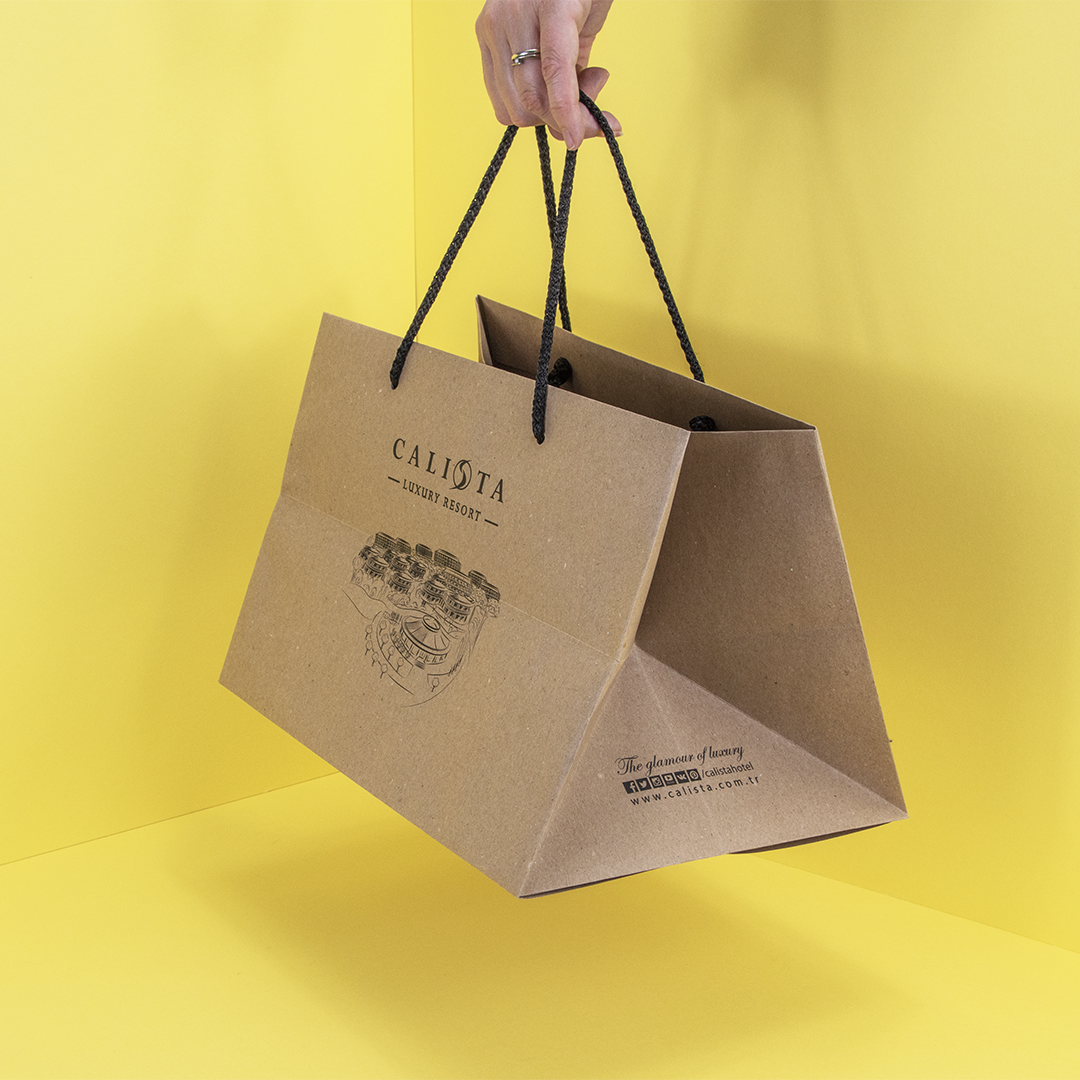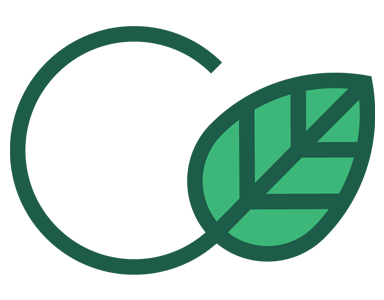This isn’t the first time on our blog that we’ve questioned the impact of plastic. We’ve discussed in length the good and bad points of plastic, giving this notorious packaging type a fair trial.
We’ve even shed some light about the war on plastic packaging and featured on eco news websites. So, is all plastic bad? Is this a black and white argument? Or, does this sinful synthetic material have its very own fifty shades of grey?
Is All Plastic Bad?
Let’s face it, plastic never makes the news for being a planet-friendly packaging material.
A quick search on Google News for plastic will show top publications like National Geographic firing out articles about plastic use (and not in a good way). Nat Geo’s latest article, Grocery Stores Are Packed With Plastic. Some Are Changing, questions whether the avocado needs to be wrapped in plastic and praises big brand chains that are stripping plastic from their stores.
This isn’t far from Green Peace’s new petition and campaign to urge supermarkets to go plastic-free.
As you’ll notice, most commentary on plastic takes this stance — that plastic is bad and the only remedy is to get rid of it. Only a few articles commend plastic’s desirable properties and suggest new alternatives.
The truth is, plastic presents the most prominent Catch 22 for our planet.
With plastic, we have a serious waste problem that is detrimental to ocean life — and our lives — in the future. However, without it, we’d struggle to preserve the freshness of food which in turn would lead to excess food waste. Without plastic packaging, we’d also have problems offering affordable healthcare — which could decrease global life expectancy. Finally, by eliminating lightweight plastic from home appliances and packaging, we would struggle to save as much energy as we currently do in transport — because of the increased weight of the goods.
Types of Plastic Which Are Most Definitely Dangerous
This tricky situation can be made much simpler by breaking down different types of plastic. This way, we can single out who the “bad guys” are.
If plastic were people, these types of plastic would be those that you wouldn’t want to meet while walking alone in a darkened street:
- Polyethylene Terephthalate (PET or PETE) — this toxic plastic type is responsible for every single-use water bottle. The issue with this plastic is that it is only recommended for single-use due to possible bacterial growth making it amongst the most wasteful types of plastic there is.
- Polyvinyl Chloride (PVC) — this plastic type is non-recyclable and unsafe for reuse in food or drink practices. It might be used in a variety of products such as children’s toys or cooking bottles.
- Polystyrene (PS) — this plastic is our enemy as it’s used to package food products. As well as takeaway food, PS is used for egg cartons, plastic cutlery and as a protective layer for delicate items in transit. The issue with this plastic (and one of the reasons why we’ve created our environmental packaging products) is that it’s structurally weak, difficult to recycle and can leach styrene into food if heated in a microwave.
Types of Plastic That We Put in Our Products
With those dangerous types out of our system, there are a few plastic packaging materials that we give the green light to.
As an eco-packaging provider, we take the manufacturing of our products very seriously making sure that we understand the ethical implications of our products from the first steps of creation to the end use.
Most of our products are completely plastic-free, but a select few contain not-so-harmful plastic to give it those sturdy, structural properties we all want and crave.
Let’s first talk about coffee cup lids that need to provide insulation and easy access for caffeine lovers.
We sell biodegradable versions produced from sustainable Ingeo™ PLA. These lids are biodegradable, compostable and have a significantly lower carbon footprint than plastic-based alternatives.
Our disposable cups are also made from the same material so that you can provide absolute transparency to your customers, both ethically and literally. Let them see the goods!
The same goes for our deli bowls which can be branded and show the contents of your cold pasta pot or acai bowls without compromising your carbon footprint.
So, What’s Ingeo™ PLA?
Ingeo™ PLA is a form of bioplastic made from materials found in plants.
While this material isn’t strictly classed as plastic, it cleverly disguises as a sturdy, solid material with all of the desirable properties of plastic.
This material is also far better for the environment by being 100% biodegradable, compostable and recyclable.
The Final Verdict
So, is all plastic bad? It’s hard to say.
A balanced and realistic view of plastic recognises all of its positive characteristics like its lightweight, durable nature and ability to offer hygienic and affordable healthcare while realising the genuine impact it has on our planet.
Is National Geographic right to put supermarkets under scrutiny for their plastic packaging? Maybe.
While non-emergency services (like food stores) should do all they can to reduce waste — with plenty of European supermarkets, like Aldi, setting an example — they should also weigh up the accidental repercussions of a plastic-free supermarket.
What if we fail to preserve fresh food and we create a bigger food waste issue? What if we create eco packaging that is heavier to distribute and in turn has a far worse environmental impact in terms of CO2 emissions in delivery?
This is called The Cobra Effect — when trying to fix something turns out to have a far greater detrimental effect. These unintended mistakes have happened a lot throughout history (specifically when trying to solve widespread and important issues that pose a threat to humanity, not dissimilar to plastic pollution) including America’s war on drugs and a failed attempt at energy conservation.
So, we need to carefully and logically assess plastic pollution and environmental damage and avoid bold claims such as “all plastic is bad.”
All plastic in unnecessary practices — like takeaway food — might be bad, but all plastics in life-saving sectors and large-scale operations might not be, it might be the reason we have a functioning society that has a better life expectancy, education and global connection than ever before.
It’s easy to get emotional when it comes to the destruction of our planet — a cause that we feel strongly about. With that said, we all need to deal with such a serious issue more objectively. Let’s not consider plastic guilty before it’s had a fair trial that’s taken into account all of the evidence.
Get familiar with our plastic-free and plastic-approved products by visiting our online shop. We supply branded, environmental packaging for takeaway suppliers across the UK.

